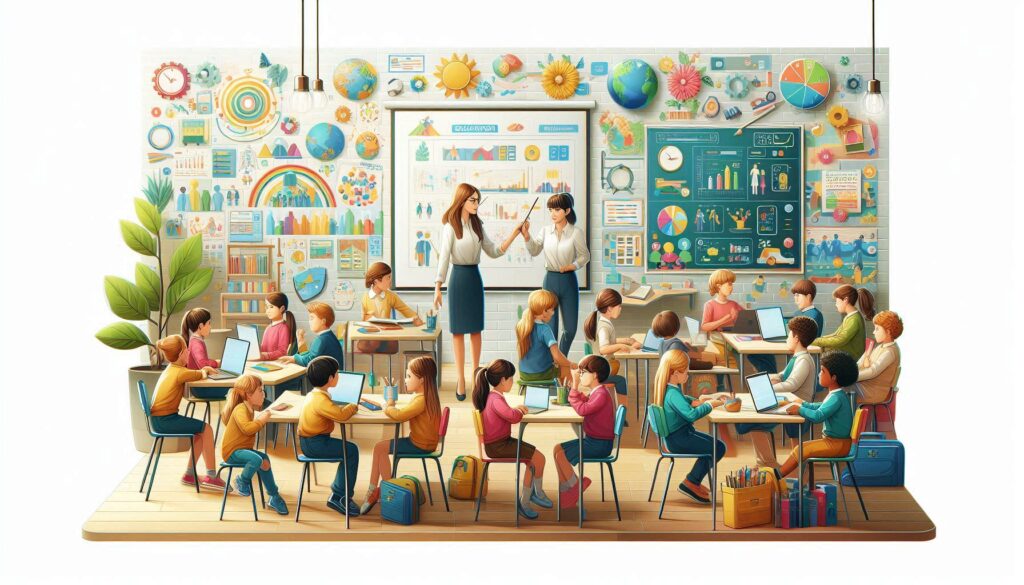Education Methology
What, where, how and why?
Tiny habits are the smallest things you can do that will make the biggest difference in your life.

Weekly Schedule
On average, 2-3 classes are held per week, for adults and children. Depending on age, the class duration varies from 30 minutes (Kindergarten), 1 hour (age 5-12), or 90 minutes (12+ and adults)
The lesson usually begins from a warm up exercise, which consists of phonics and pronunciation practice using British Council (IPA- International Phonetics Alphabet) with RP (Received Pronunciation)
This is then followed by revision from the previous lesson, and a focus skill is discussed with the student. During the lesson, a variety of texts are discussed, which can be either:- factuals, drama, non-fiction, fiction or poetry). In every lesson, comprehension skills are assessed, including the direct speaking element, embedded within the lesson. Additionally, depending on the level and skill, the student is asked to formulate opinion using creative thinking.
Furthermore, increased focus is given on “cursive handwriting” of the student. This is independent of the age and skill of the student. For handwriting development, we use Oxford Owl process.
Google Classroom
The lessons are flexible, and are done in online and offline mode. In online mode, Google G-Suite for Education and Microsoft Teams systems are used for lesson planning, teaching delivery, assessment and assignment. Given these software systems have their dedicated mobile applications, the student has the flexibility to attend our lessons.
Most teaching materials are interactive, authentic and engage the student’s focus. Recently, we introduced Google Arts & Culture for showing various places using virtual reality format and the reception has been extremely good.
For offline mode, either the student comes to us, or we attend the business premises and conduct our teaching delivery. Nevertheless, the teaching quality and learner outcome is the same regardless.
Most teaching materials are interactive, authentic and engage the student’s focus. Recently, we introduced Google Arts & Culture for showing various places using virtual reality format and the reception has been extremely good.
For offline mode, either the student comes to us, or we attend the business premises and conduct our teaching delivery. Nevertheless, the teaching quality and learner outcome is the same regardless.
Assignments
The assignments are multi-formatted in nature. Sometimes, the student has to manually write the assignments, i.e., use a pen and paper to complete the task. In some cases, a typed text format is used for writing purposes. For this, we use Google Docs function, which has commenting and suggestion, for marking and feedback. For speaking tasks, the student records the audio and uploads them online.
For all assignments, Google Classroom is used, where the deadline for submission is provided in most cases. Using the G-suite platform, the student receives grades, comments, suggestions and feedback. The assignments can be uploaded from desktop or mobile device.
